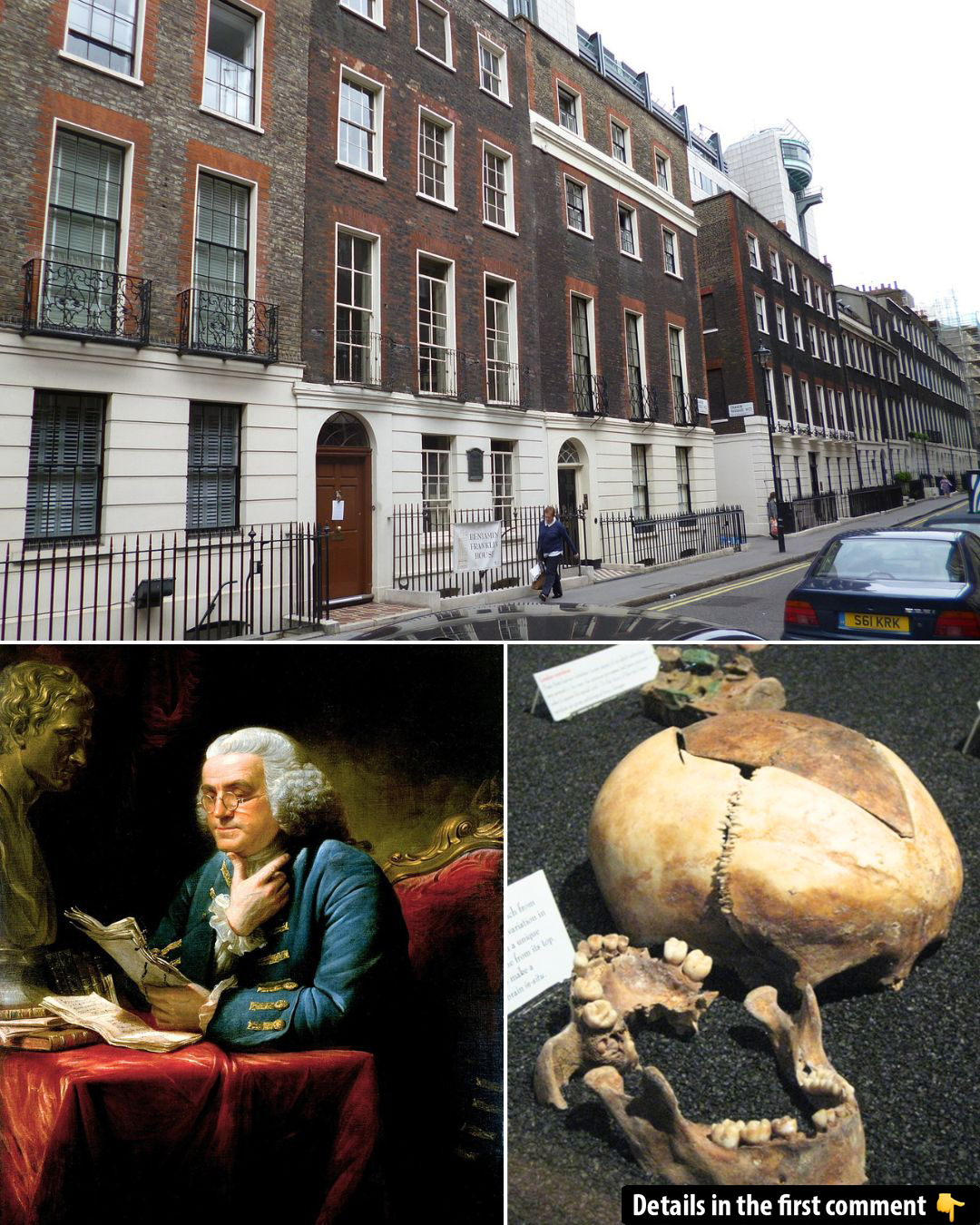Nestled in the heart of London, Benjamin Franklin House offers a glimpse into the life of one of history’s most influential figures. However, a shocking discovery beneath its floors revealed a hidden chapter of its history, raising intriguing questions. What lies beneath this Georgian townhouse, once home to Franklin during his pivotal years in London? Unveiling the secrets of the past, we delve into the fascinating connection between Franklin, anatomy, and the unsettling discoveries that emerged centuries later.
Benjamin Franklin’s Life in London
Franklin’s time in London was pivotal. He lived in the house at 36 Craven Street while working as a colonial agent, representing American interests in Britain. At this time, tensions between the American colonies and the British government were escalating, and Franklin found himself deeply immersed in the political currents of the time. Yet, aside from politics, Franklin’s home became a hub for scientific experimentation. His deep curiosity about natural philosophy and his contributions to the fields of electricity and innovation were famously carried out here.
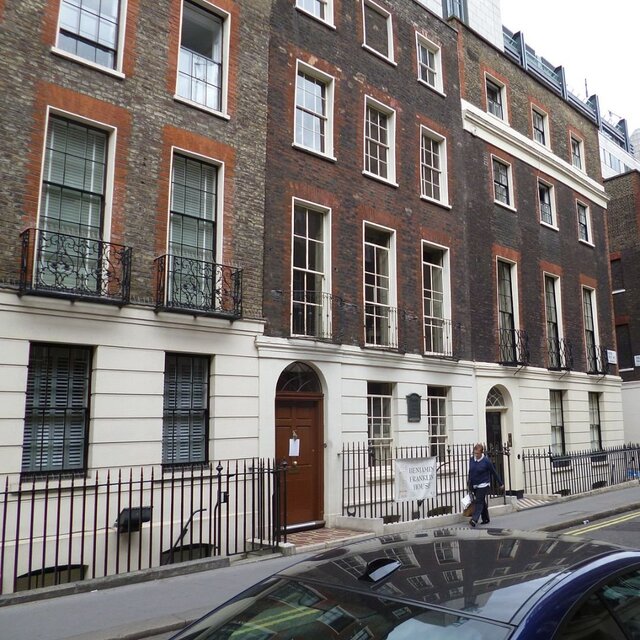
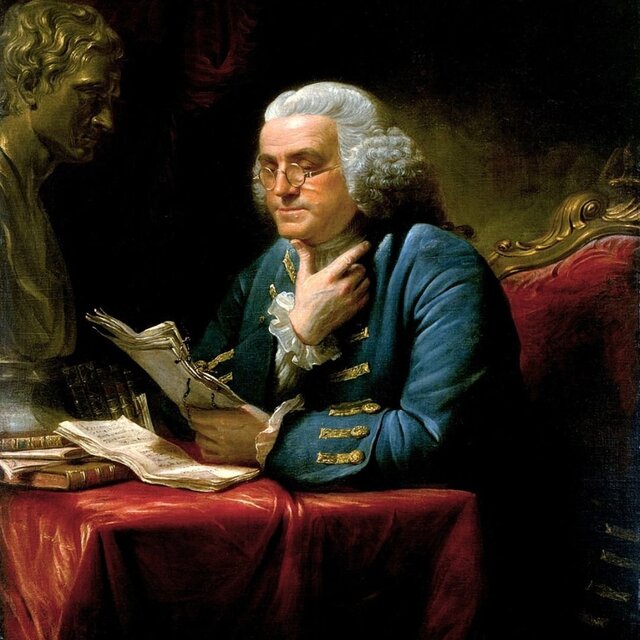
For nearly two decades, Franklin entertained some of the brightest minds of the age in his London home. The house was a place for intellectual exchange and new ideas, from groundbreaking scientific experiments to lively debates on political and philosophical matters. It was in this setting that Franklin’s name became synonymous with the Age of Enlightenment, and his influence continued to grow, eventually playing a key role in America’s journey toward independence.

Video
Check out this video to uncover the mystery behind the bodies found in Ben Franklin’s basement, exploring the historical and eerie discoveries.
The Discovery of Human Remains

In 1998, over 200 years after Franklin’s departure from London, a renovation project aimed at restoring Benjamin Franklin House to its former glory unexpectedly uncovered a shocking secret. As construction workers began their work in the basement of the house, they stumbled upon a disturbing cache of human bones. The discovery immediately sparked intrigue, leading archaeologists to uncover over 1,200 pieces of skeletal remains from more than 15 individuals. This find raised unsettling questions: Why were so many bodies buried beneath Franklin’s residence? Could it be that Franklin himself had something to do with the deaths or the secret burial site?
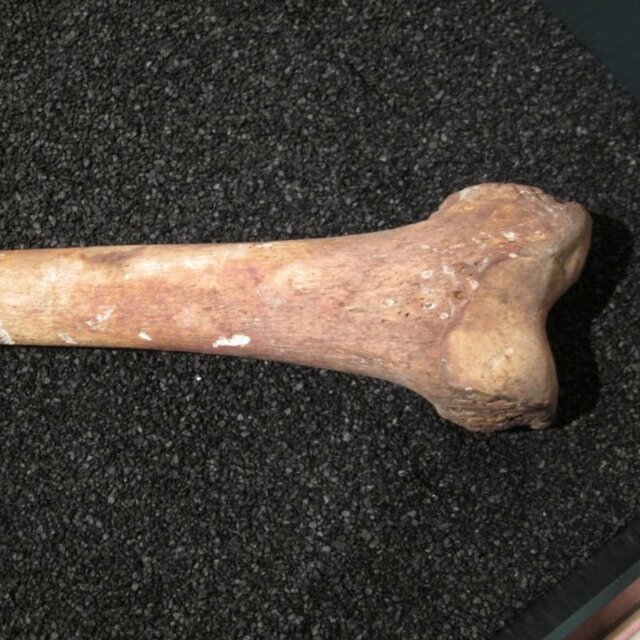
The remains were discovered beneath the garden, in a hidden, windowless room. They were buried with no apparent ceremony, suggesting a clandestine disposal of the bodies. This discovery quickly gained attention, with sensational headlines suggesting that Franklin might have been involved in sinister activities. But further investigation would reveal a more complex and less nefarious explanation.
The Mystery of the Basement
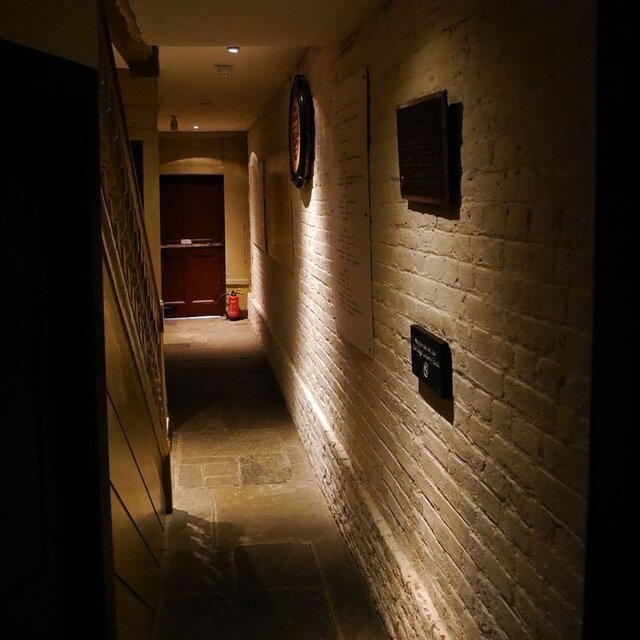
The presence of human bones beneath Franklin’s former residence appeared to challenge the house’s legacy. The more researchers examined the remains, the more peculiar the situation became. Among the bones were skulls, femurs, vertebrae, and other skeletal pieces—many bearing signs of dissection, surgical procedures, and sawing. What was most disturbing was the realization that these bodies were not part of a natural burial process but instead appeared to have been used for medical research.
The most logical conclusion initially seemed to suggest that Franklin might have been involved in some kind of dark scientific work, but deeper investigation into the history of the house would reveal that the true story was more complex and much less sinister than many had assumed.
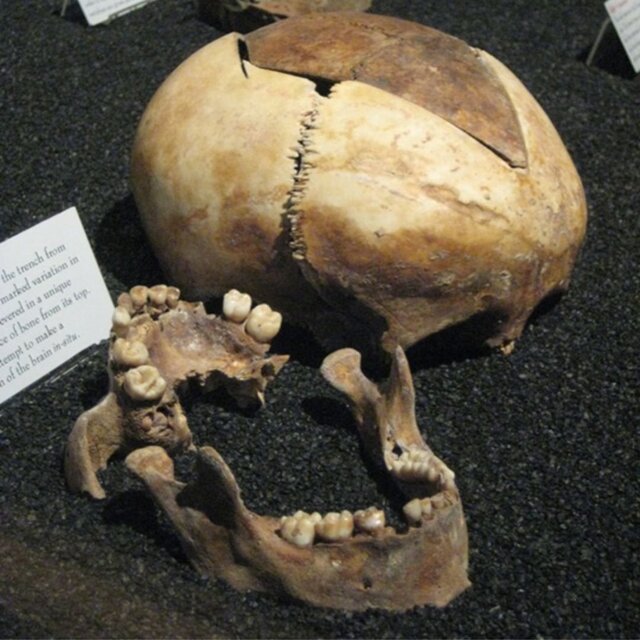
William Hewson: Franklin’s Friend and Anatomist
It was determined that the bodies found in the basement were not connected to Franklin’s own work but were linked to a close associate and friend of Franklin’s: William Hewson. Hewson was a pioneering anatomist and surgeon who had rented a portion of the house while Franklin resided there. At the time, Hewson was running an anatomy school out of Franklin’s London home, using it as a laboratory for his research into the human body.
Hewson was an essential figure in the world of 18th-century medical science, focusing his studies on the lymphatic system and blood circulation. His research contributed significantly to our understanding of the human body, but like many others of his time, Hewson faced an obstacle that was difficult to overcome—the legal limitations on the use of cadavers. With few legal avenues to obtain bodies for dissection, he, like many other anatomists, turned to “resurrectionists,” or body snatchers, who would illegally exhume fresh corpses from graveyards to meet the demand for anatomical study.
Resurrectionists and the Dark Side of Medical Science
The practice of body snatching in the 18th century was driven by the growing demand for bodies in medical and anatomical studies, particularly for the dissection of the human body. While dissection was seen as an essential tool for medical progress, it was also a source of great public fear. Many believed that having their body dissected after death would prevent them from enjoying a proper burial and, by extension, a place in the afterlife.
Because of this, the legal supply of bodies for dissection was extremely limited. Only criminals who had been executed could legally be used for anatomical research. This scarcity led to a black market for bodies, with resurrectionists exhuming fresh corpses from graveyards and selling them to anatomists. This illegal trade was widespread, with Hewson’s anatomy school likely relying on these methods to obtain the bodies for his experiments.
Franklin’s Role in the Controversial Research
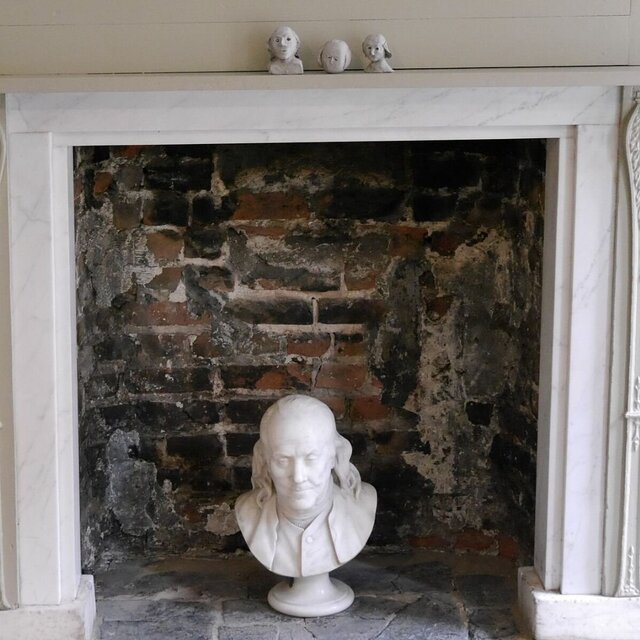
Despite the ethically questionable nature of Hewson’s research, it is essential to view his actions within the historical context of 18th-century medical science. Dissection was a tool for medical advancements that were crucial for the understanding of human biology and anatomy. Franklin, a known advocate for science and innovation, may have been aware of Hewson’s methods but likely saw the value of the research in advancing medical knowledge.
While Franklin was not directly involved in the dissection of bodies, it’s not unlikely that he turned a blind eye to Hewson’s source of cadavers, recognizing the importance of Hewson’s work in the broader context of medical discovery. Franklin, a scientist in his own right, was a strong supporter of the Enlightenment ideals of progress through scientific inquiry, and his personal approval of the research, though possibly tacit, may have been rooted in this broader perspective.
Theories and Speculations: Did Franklin Have a Dark Secret?
When the discovery of the bones first made headlines, rumors and speculations ran wild, with some suggesting that Franklin himself might have been involved in occult practices or even gruesome acts like serial murder. However, historians quickly dismissed these theories, emphasizing that Franklin, known for his intellectual pursuits and commitment to scientific exploration, was not involved in the darker practices associated with the bodies in the basement.
Though unsettling, the discovery of the bones serves as an important reminder of the complexities of historical inquiry. The actions of individuals like Hewson, whose methods may seem barbaric today, were part of a broader medical tradition that helped shape modern understanding of human biology.
Benjamin Franklin House as a Museum
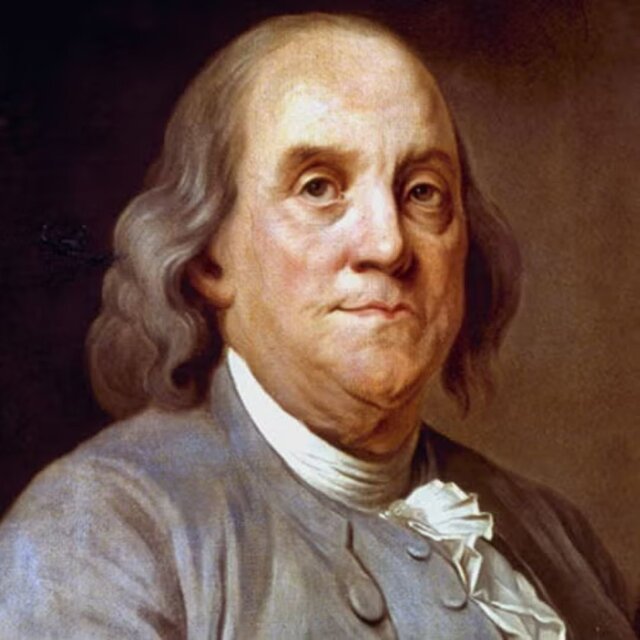
Today, Benjamin Franklin House is a museum that provides visitors with an opportunity to explore Franklin’s life and legacy. Through guided tours and interactive exhibits, visitors can learn about Franklin’s achievements, from his contributions to American independence to his innovations in science and politics. The museum is a treasure trove of Georgian architecture, with original wooden floors, grand fireplaces, and intricate plasterwork offering an authentic sense of the past.
The Historical Experience: Engaging with the Past
One of the highlights of visiting the museum is the “Historical Experience,” a theatrical tour that combines live actors and multimedia presentations. This immersive experience allows visitors to hear Franklin’s story in his own words, as well as those of other historical figures connected to the house, including his landlady Margaret Stevenson. The tour provides a fascinating glimpse into Franklin’s world and the times in which he lived, making it a memorable experience for history enthusiasts of all ages.
Video
Watch this video to explore Benjamin Franklin House in London, England, and uncover the fascinating history of the iconic figure’s life in the city.
Conclusion
The discovery of human remains beneath Benjamin Franklin House has added a new layer to the history of this historic home, prompting questions about the intersection of science, ethics, and progress. While the bones were linked to William Hewson, a leading anatomist of the time, they also highlight the challenges and controversies surrounding medical advancements in the 18th century.
Today, the museum stands as a reminder of Franklin’s influence on science and politics, offering visitors a deeper understanding of one of history’s most influential figures. The story of Franklin’s London residence, both its celebrated past and its hidden secrets, continues to captivate those who seek to understand the complexities of history and the human pursuit of knowledge.
